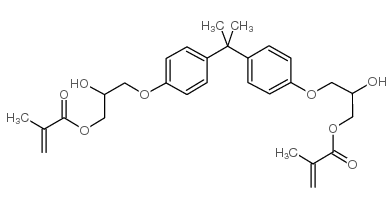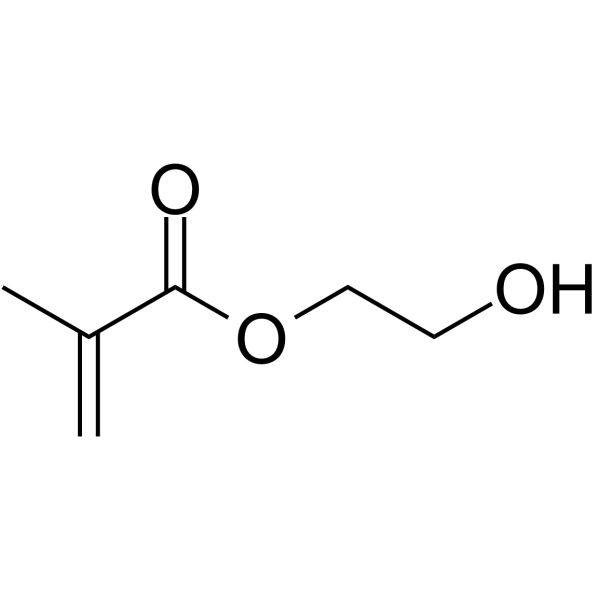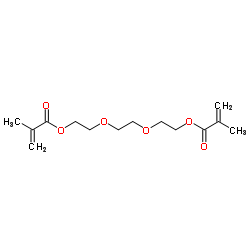| Structure | Name/CAS No. | Articles |
|---|---|---|
 |
Bisphenol A glycerolate dimethacrylate
CAS:1565-94-2 |
|
 |
2-Hydroxyethyl methacrylate
CAS:868-77-9 |
|
 |
Triethylene glycol dimethacrylate
CAS:109-16-0 |